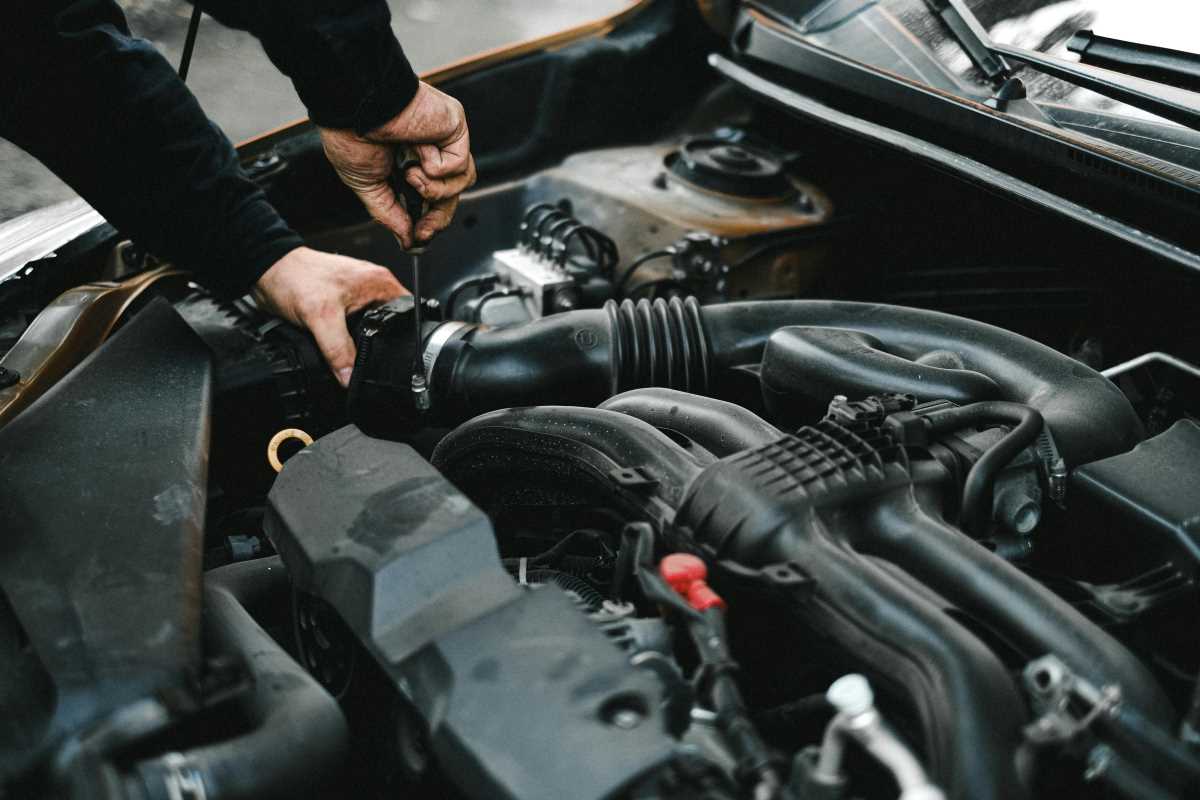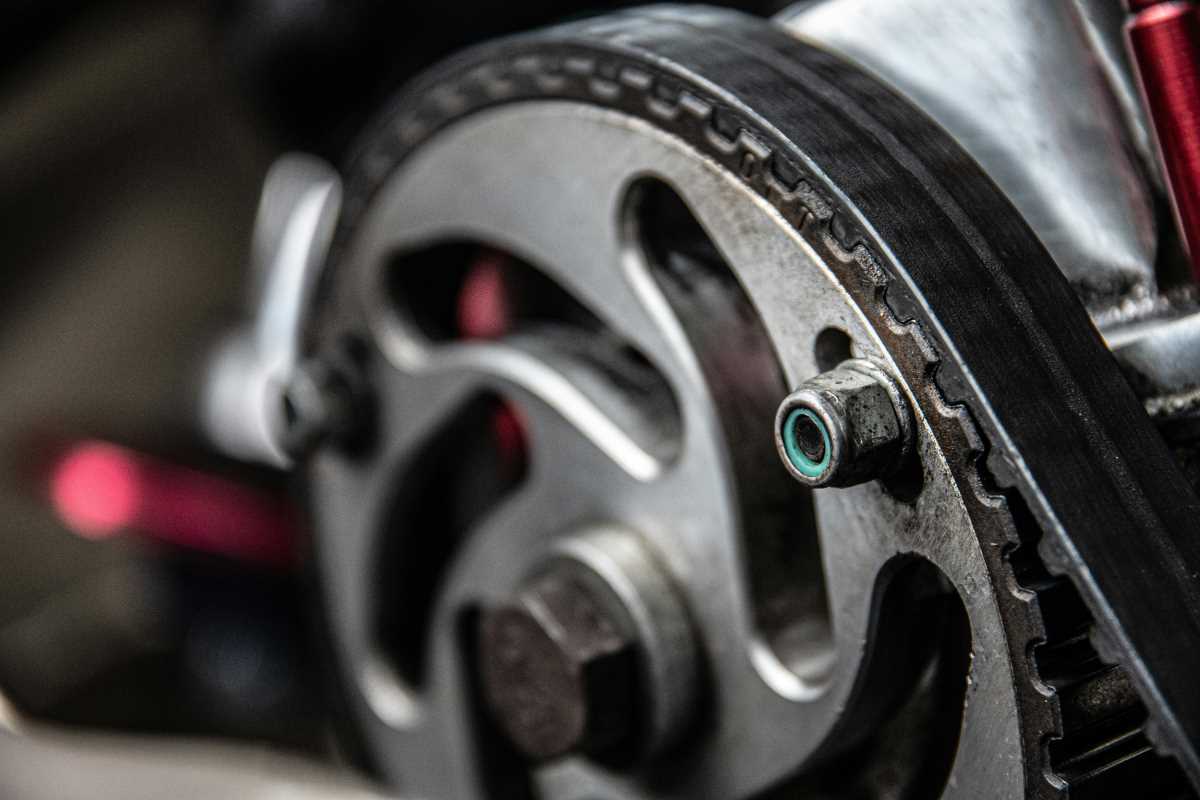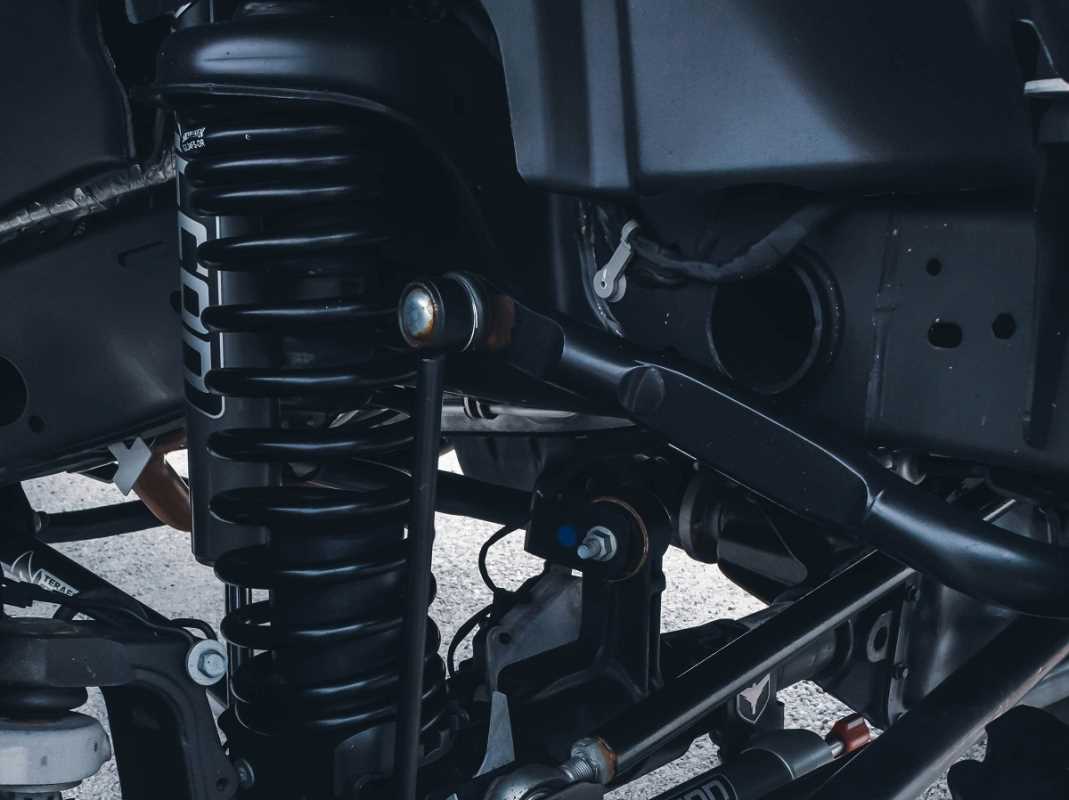Overheating is a common but serious car issue that can leave you stranded on the side of the road if not addressed quickly. While modern engines are equipped with systems to regulate heat, a malfunction in any key component can cause temperatures to spike. Recognizing the early signs and understanding the causes of overheating can save you from major engine damage. This guide will break down the most common reasons for engine overheating and what you can do about each one.
Is Your Coolant Level Too Low?
Coolant (also called antifreeze) is essential for maintaining your engine’s temperature. Without enough coolant, heat from the engine cannot be dissipated effectively.
- Why it happens:
- Coolant levels can drop due to leaks in the radiator, hoses, or water pump. Over time, evaporation or improper refills can also leave your cooling system under-filled.
- Symptoms:
- Rising temperature gauge or warning light on the dashboard.
- Steam coming from under the hood.
- Sweet-smelling fluid leaking under the car (indicating a coolant leak).
- How to check:
- Open the hood and inspect the coolant reservoir when the engine is cold. The fluid level should be between the “min” and “max” lines.
- What to do:
- If the level is low, top it off with the correct coolant (refer to your owner’s manual for compatibility). If coolant levels consistently drop, have your system inspected for leaks.
Reminder: Never open the radiator cap when the engine is hot, as the pressurized coolant can cause burns.
Is Your Radiator Clogged or Damaged?
The radiator is the heart of the cooling system, transferring heat from the coolant to the outside air. A clogged or damaged radiator can severely impact heat dissipation.
- Why it happens:
- Minerals from hard water can create sediment buildup over time, clogging the radiator.
- External damage, such as bent fins or punctures, can hinder its ability to release heat.
- Symptoms:
- Overheating during normal driving.
- Visible rust or sludge in the coolant.
- Leaks directly from the radiator.
- How to check:
- Look for coolant leaks or rust on the radiator. Shine a light through the front grille to check for blocked or flattened fins.
- What to do:
- Use a radiator flush product to clear minor clogs or sediment. For significant damage or recurring problems, consult a mechanic to repair or replace the radiator.
Pro Tip: Use distilled water in a 50/50 coolant mix to minimize mineral buildup and avoid internal clogs.
Are Your Cooling Fans Malfunctioning?
Cooling fans play a crucial role in maintaining airflow through the radiator, especially when the car isn’t moving. If the fans stop working, your engine may overheat while idling or in slow traffic.
- Why it happens:
- Electrical issues in the fan motor or wiring.
- A blown fuse or faulty fan relay.
- Broken fan blades or motors.
- Symptoms:
- Overheating when the car is stopped or in heavy traffic.
- The engine temperature drops when driving at higher speeds (because natural airflow takes over).
- The fan fails to turn on when the engine gets hot.
- How to check:
- With the engine running and warm, observe whether the fans spin. If they remain stationary, troubleshoot the fuse, relay, and fan motor for faults.
- What to do:
- Replace blown fuses or faulty relays to get the fan working again. For faulty motors or broken blades, consult a mechanic for repairs or replacements.
Pro Tip: Persistent fan issues could indicate a problem with the car's temperature sensor, so have that checked as well.
Is Your Thermostat Stuck Closed?
The thermostat regulates the flow of coolant between the engine and radiator. If it gets stuck closed, coolant won't circulate, causing the engine to overheat.
- Why it happens:
- Over time, thermostats can become stuck due to corrosion, wear, or a mechanical failure.
- Symptoms:
- Rapid engine overheating shortly after starting.
- The radiator stays cool even when the engine is hot.
- Coolant doesn’t flow through the system.
- How to check:
- Feel the radiator hoses when the engine is warm. If they aren’t hot or the radiator remains cool, the thermostat might be stuck.
- What to do:
- A faulty thermostat needs to be replaced. This is generally inexpensive and can be done by a mechanic or skilled DIYer.
Reminder: Always replace a thermostat with one recommended by your vehicle’s manufacturer for proper operation.
Is Your Water Pump Failing?
The water pump is responsible for circulating coolant through the engine and radiator. If it fails, the coolant flow stops, which leads to overheating.
- Why it happens:
- The pump’s bearings or impeller may wear out over time.
- Corrosion or debris can cause the pump to leak or seize.
- Symptoms:
- Coolant leaks near the front of the engine.
- High-pitched whining, grinding, or rumbling noises.
- Overheating that progressively worsens.
- How to check:
- Inspect the water pump for visible leaks, rust, or wobbling. Listen for unusual noises while the engine runs.
- What to do:
- Replace the water pump immediately if it shows any signs of failure. Many water pumps are replaced alongside the timing belt since they’re often located in the same area.
Pro Tip: Replace seals and gaskets at the same time as the water pump to prevent coolant leaks.
Are Your Belts or Hoses Worn Out?
Crucial to the cooling system, belts and hoses are responsible for transferring coolant and powering key components like the water pump.
- Why it happens:
- Belts can lose tension or crack over time, and hoses may crack or develop leaks due to heat, pressure, and age.
- Symptoms:
- Engine overheating due to restricted coolant flow.
- Visible cracks or wear on belts or hoses.
- Coolant pooling under the vehicle.
- How to check:
- Regularly inspect belts and hoses for cracks, fraying, or leaks. Squeeze hoses (when cool) to feel for stiffness or brittleness, which indicate wear.
- What to do:
- Replace any damaged belts or hoses immediately. This is an affordable fix that prevents further damage to the cooling system.
Tip: For prevention, replace belts and hoses every 60,000–100,000 miles or as recommended.
Is Your Engine Oil Too Low?
While mainly used to lubricate the engine, oil also plays a part in temperature regulation by reducing friction.
- Why it happens:
- Insufficient oil increases engine friction, generating more heat than the cooling system can handle.
- Symptoms:
- Overheating after long drives or high-performance usage.
- A low oil level on the dipstick.
- Oil pressure warning light on the dashboard.
- How to check:
- Check your oil level with the dipstick when the engine is cool. Look for proper levels and clean, amber-colored oil.
- What to do:
- Top off or change your engine oil as needed. If oil consumption is abnormally high, check for leaks or burning oil.
Reminder: Follow your vehicle’s recommended oil change intervals to keep your car healthy.
When to Seek Professional Help?
While some overheating causes can be fixed at home, you may encounter issues that require expert attention. Consult a mechanic if:
- Your car overheats regularly, despite topping off fluids.
- You notice recurring leaks or persistent cooling system noises.
- DIY troubleshooting hasn’t identified the root cause of the problem.
 (Image source: Midjourney)
(Image source: Midjourney) 





